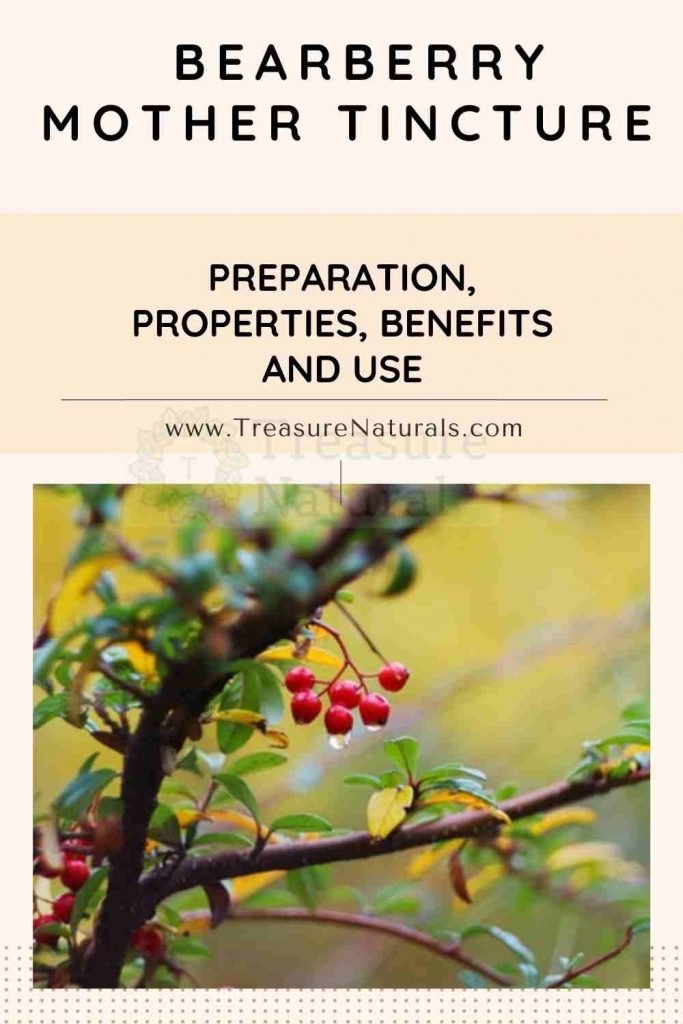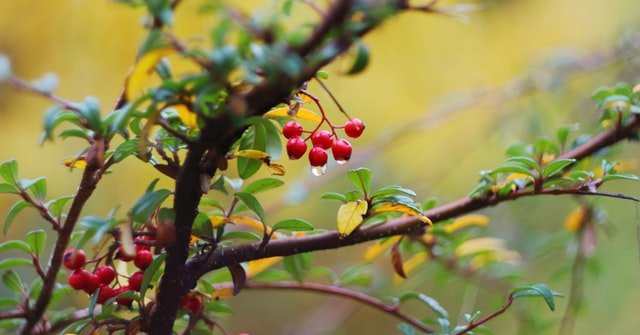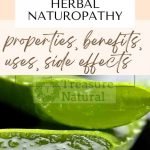
Mother tincture of bearberry is used as an anti-inflammatory and antibacterial of the urinary tract. Let’s find out more.
Properties of the mother tincture of bearberry
The leaves of Arctostaphylos uva-ursi contain hydroquinones (arbutin 7-9%, methylalarbutin), iridoids (monotropein, asperuloside), flavonoids (quercitin, isoquercitin, hyperoside, galactoside), triterpenes (ursolic acid, oleanic acid, uvaol, hops), tannini (6-7%, malic acid, gallic acid), essential oils in trace amounts. These active ingredients give the plant antibiotic activity against numerous bacterial strains, commonly responsible for infections of the urogenital tract.
The mother tincture of bearberry is used for anti-inflammatory, diuretic, astringent,and antiseptic action of the urinary tract, in case of urogenital inflammations, acute and chronic cystitis, inurethritis, nephritis, cystopteritis, nephrolithiasis,diarrheal colitis, enteritis. An interesting indication of use, in the geriatric field, isprostatic hypertrophy with inflammatory and infectious component and catheter cystitis.
The properties of the hydroalcoholic extract of the plant are mainly expressed using the phytocomplex, as arbutin needs synergy with gallic acid that prevents its cleavage by enzymes.
Arbutin is an effective antibiotic of the urinary tract, but it should be taken in strong doses and in the presence of alkaline urine. In fact, only with alkalized soil, this substance is able to determine an antimicrobial action. So, in the case of acidic urine it is good to alkalize artificially, with baking soda.
Triterpenes and flavonoids in synergy with arbutin, exert a diuretic and anti-inflammatory action, very useful in infections, characterized by strong burning, which require a mechanical rinse of the urinary ducts; while tannins protect the mucous membranes of the urinary tract, hindering the adherence of microbes to the epithelium; and counteracting the excessive production of mucus, produced by inflamed tissues. This astringent activity, in particular, is useful in case of diarrhea that is often associated with cystitis.
For external use, the mother tincture of bearberry is used to inhibit the synthesis of tyrosinase so as to weaken melanin synthesis. This action, even if there are no specific clinical trials, could justify a use tending to lighten the skin and, with local use, to reverse the dark skin spots.
Description of the plant
Bearberry is widespread in northern Europe, Asia and North America; it also grows well in Northern and Central Italy, on stony soils and wooded areas open mainly in the Alps and the Apennines. Small shrub about 30 cm tall with creeping branchesand taproot. The leaves are leathery obovate, evergreen, dark green, change every three years. The flowers are pink pendulous, collect in small terminal clusters of 12-15 and carry small brateas at the base of the pedicel. The fruits are small red berries (drupes) with a not very pleasant taste, containing an acidic and floury pulp that is not edible.
How to prepare the mother tincture of bearberry
The“drug”(used part) corresponds to the leafy twigs, collected from July to September. The fresh plant is used, as it is dry and loses most of its properties. The mother tincture of bearberry is prepared with a drug weight ratio: solvent of 1:10 and alcohol content of 55% vol.
Utilization

The mother tinctures have no contraindications except those of the plant itself, diluted in a little water can be given to everyone, the alcohol contained in them is thus diluted, so it is harmless. Due to the high content of tannins, bearberry preparations can cause gastric irritation and nausea. The presence of hydroquinones recommends not to exceed with dosages and adhere to the prescriptions. In order not to have side effects, in the case of the alcohol solution just do not take more than 30 ml per day the maximum recommended daily dosages do not exceed 3 ml.
Internal use: 30 drops in a little water three times a day between meals.
External use: apply topically with a wad of cotton wool, to lighten the brown spots of the skin.






